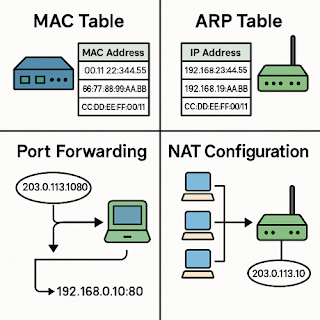Tokyo Subway-Themed Trips: Exploring Ginza Line, Hanzomon Line, and Oedo Line

Tokyo is Japan’s largest metropolis and a paradise for travelers. Though its subway network may appear overwhelmingly complex, that very structure allows travelers to experience the city through various thematic lenses. By designing your day trips based on specific subway lines, you can dive deeper into Tokyo’s multifaceted charm. Today, let’s explore three of the most iconic subway lines—each with its own unique personality—and discover how you can spend a day on each. Whether you’re into tradition, style, or sweeping city tours, there’s a perfect line for you. 1. A Journey Through Tradition – Ginza Line Line Color: Orange Main Stops: Asakusa – Ueno – Ginza – Shibuya As Tokyo’s first subway line, the Ginza Line connects destinations steeped in tradition and culture. With just this line, you can explore everything from historic temples to modern shopping districts. Asakusa Station: Visit Senso-ji Temple and Nakamise Shopping Street Uen...








